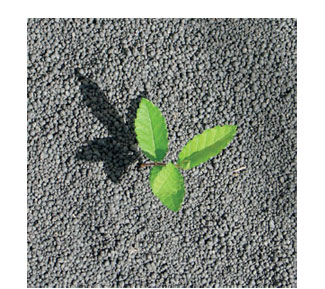What’s Class A? What’s Class B?
The EPA provides A Plain English Guide to the EPA Part 503 Biosolids Rule, which is broken into ten chapters. Table 2-5 in Chapter 2 (PDF) summarizes the differences between the pathogen reduction requirements for Class A and Class B biosolids:

|
Class A |
Class B |
|
In addition to meeting the requirements in one of the six alternatives listed below, fecal coliform or Salmonella sp. Bacteria levels must meet specific density requirements at the time of biosolids use or disposal or when prepared for sale or give-away (see Chapter Five of this guidance). |
The requirements in one of the three alternatives below must be met. |
|
Alternative 1: Thermally Treated Biosolids |
Alternative 1: Monitoring of Indicator Organisms |
|
Alternative 2: Biosolids Treated in a High pH-High Temperature Process |
Alternative 2: Use of PSRP |
|
Alternative 3: For Biosolids Treated in Other Processes |
Alternative 3: Use of Processes Equivalent to PSRP |
|
Alternative 4: Biosolids Treated in Unknown Process |
|
|
Alternative 5: Use of PFRP |
|
|
Alternative 6: Use of a Process Equivalent to PFRP |
Do you have more questions? Learn about our Bioset Process or Contact Us at any time.
Download Our Brochures and Application Reports
Subscribe to Start Receiving Schwing Bioset eNews
